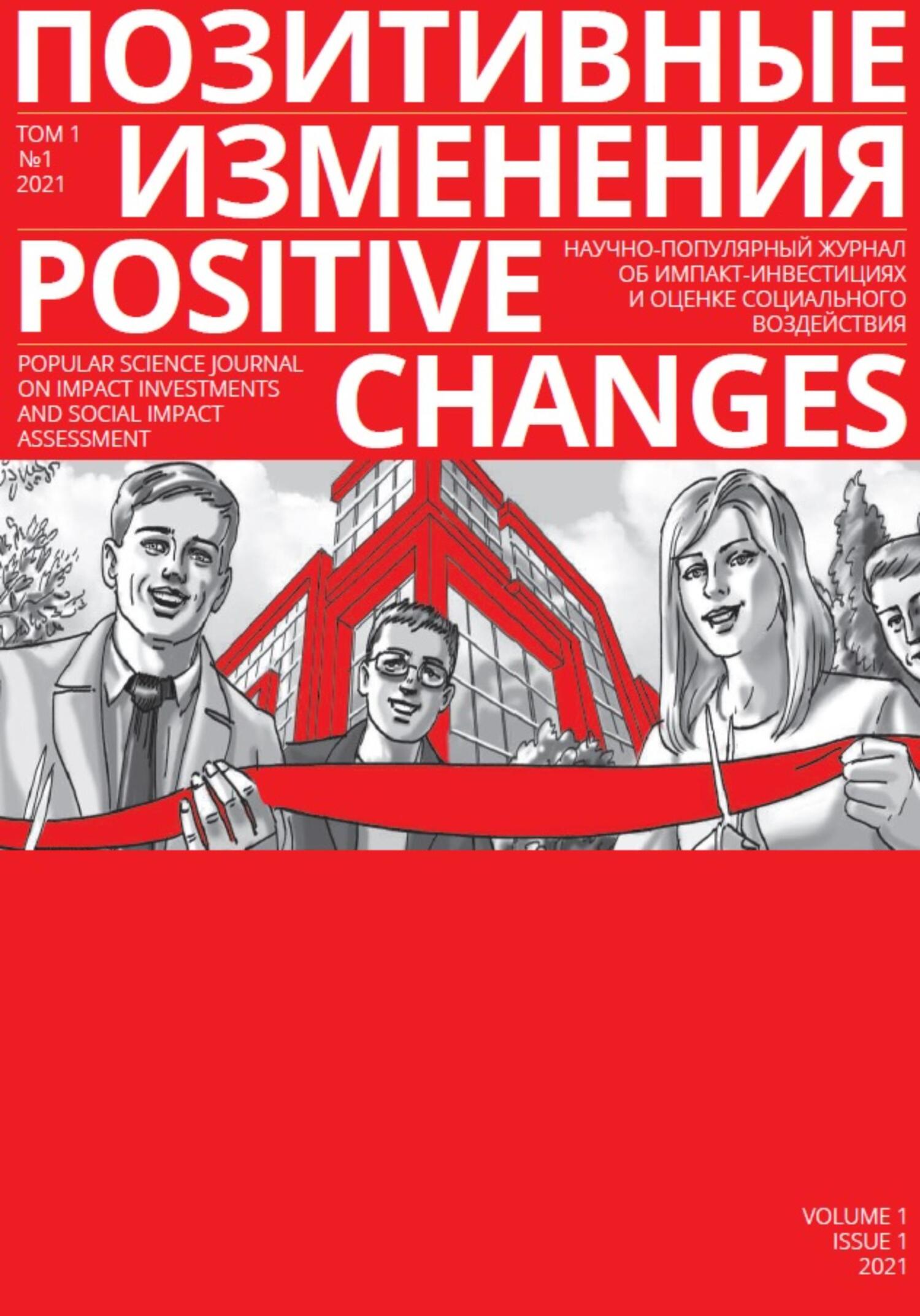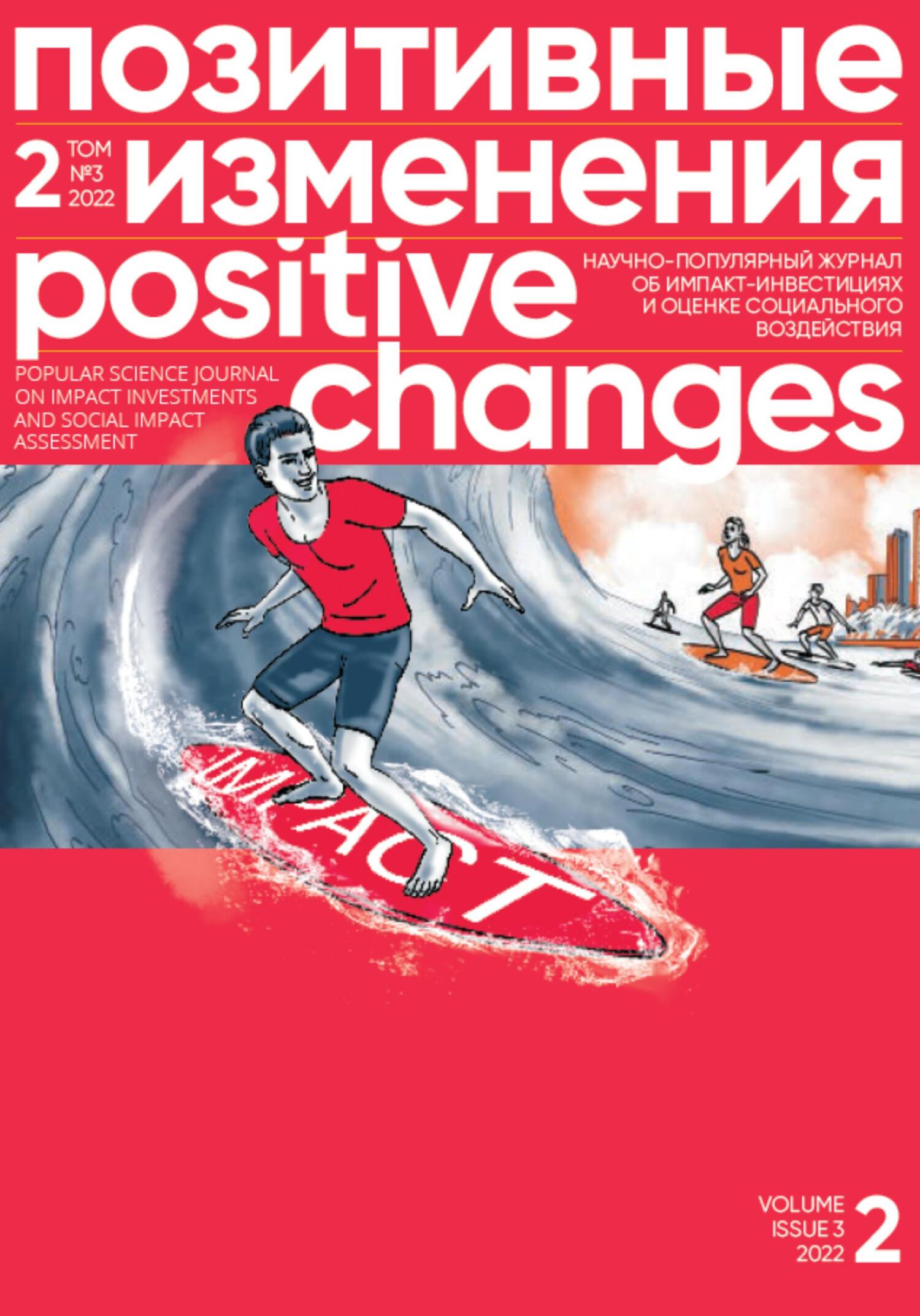direct effect of GHRM practices on environmental performance. More so, Gill et al. (2021) studied the effect of GHRM on environmental performance through the role of employee eco-friendly. Multiple regressions technique and structural equation modeling were used for analysis. The study indicates that organizational GHRM has positive and significant effect on environmental performance. Singh and Shikha (2015) analyzed the impact of green human resource factor on environmental performance in manufacturing firms. Linear regression was employed to test the hypotheses. The result indicated significat and positive relationship between top management commitment, employee environmental training and green program on environmental performance.
It is worth noting that none of the studies reviewed included green job design and analysis, which entails integrating environmental sustainability related tasks, duties and responsibilities into each job. This has created a substantial gap.
METHODOLOGY
The study adopts the descriptive survey research design since the researcher has no control of the variables and no intention to manipulate any of them. The study population comprised 674 employees of DMBs in the three major towns of the three senatorial zones in Katsina State. Namely, Daura town, Katsina metropolis and Funtua town in North Senatorial Zone, Central Senatorial Zone and South Senatorial Zone (Saifullahi et al., 2016) respectively. Primary data was collected via structured questionnaires with closed-ended statement based on 5-point Likert scale that range from 1 (strongly disagree) to 5 (strongly agree). The questionnaire for green job design was formed from Bombiak (2019) list of green practices at each stage of the HR function, while the other GHRM and environmental sustainability practices were adapted from a scholarly study by Mandago (2019). Out of the 672 questionnaires distributed, 420 were validly completed and returned, while multiple regression was used to analysis the data collected.
Cronbach's Alpha coefficient was used to assess the reliability of the instrument of the study so as to ensure consistency of the measurement. Instruments with a Cronbach's alpha coefficient of 0.7 and above were considered reliable and suitable for the study. The hypothesis of the study was tested at 5 % level of significance (alpha, α = 0.05). If the p-value was greater than or equal to alpha (p-value ≥ 0.05), the null hypothesis was accepted. However, a p-value less than the alpha (p-value < 0.05) meant the null hypothesis was rejected.
The model for the study is expressed thus:
ES = β0 + β1 GJDA + β2 GRS + β3 GTD + µ (1)
Where: ES = Environmental Sustainability; β0 = the intercept (constant); β1 = coefficient of Green job design and analysis; β2 = coefficient of Green recruitment and selection; β3 = coefficient of Green training and development.
GJDA = Green job design and analysis;
GRS = Green recruitment and selection practices; GTD = Green training and development practices; while µ = the error term.
RESULTS AND DISCUSSION
This section presents the results of the analysis conducted using SPSS software, the summary of which is contained in Table 1, 2 and 3.
Table 1. Reliability Statistics
Table 2. Model Summary
Table 3. Coefficients
The reliability test in Table 1 shows that the five variables have Cronbach's alpha coefficient above 0.70, which according to Hair et al. (2010) is considered the minimum acceptable level.
REGRESSION RESULTS
A regression analysis was conducted by regressing environmental sustainability on GJD, GRS and GTD via multiple regression model.
Table 2 shows the R square of 0.467, signifying that 46.7 per cent of variations in environmental sustainability are explained by the predictors vis-à-vis GJD, GRS, and GTD. The Table further shows F-statistic of 121.333 and its associated P-value of 0.00 which is statistically significant at 0.001. This is a confirmation that the joint estimated coefficient of GJD, GRS, and GTD are statistically significant on environmental sustainability. Also, Table 2 shows the Durbin-Watson Statistics of 1.914, which confirms nonautocorrelation of errors.
Similarly, the Variance Inflation Factor (VIF) in Table 3 are 1.028, 1.147 and 1.129 for GJD, GRS, and GTD with associated tolerance statistics of 0.979, 0.872 and 0.886 respectively. The VIF are well below 5.0 and the tolerance statistics are above 0.2, which means there is no collinearity problem in this model. According to Hair et al. (2011) VIF above 5 is an indication of collinearity concern. While Field (2009) is of the view that tolerance statistics below 0.2 indicate serious problems. The study's VIF and tolerance statistics are within the acceptable limits.
HYPOTHESIS ONE
H01: Green job design and analysis have no significant effect on environmental sustainability.
Table 3 shows that green job design and analysis has no significant effect on environmental sustainability as validated by the P-value of 0.728 which is greater than 5 per cent level. The study, therefore, failed to reject the null hypothesis one (H01) and concluded that GJD has no significant effect on environmental sustainability.
HYPOTHESIS TWO
H02: Green recruitment and selection practice have no significant effect on environmental sustainability.
Table 3 reveals a p-value of 0.001 which is less than 5 per cent level. This means green recruitment and selection practice have significant effect on environmental sustainability. The study therefore rejects the null hypothesis two (H02) and concluded that GRS practice has significant effect on environmental sustainability. This study confirms studies conducted by Jehan et al. (2020), Muhammad et al. (2019), Owine and Kwasira (2016), which indicates that GRS have significant effect on environmental sustainability.
HYPOTHESIS THREE
H03: Green training and development practice have no significant effect on environmental sustainability.
Table 3 indicates that green training and development practice have significant effect on environmental sustainability as indicated by a p-value of 0.01 level (i.e. p < 0.01), which is statistically significant. The study, therefore, rejects the null hypothesis and concluded that GTD practice have significant effect on environmental sustainability. Finding of this study validates those of Bangwal et al. (2017), Gill et al. (2021), Mandago (2019),








